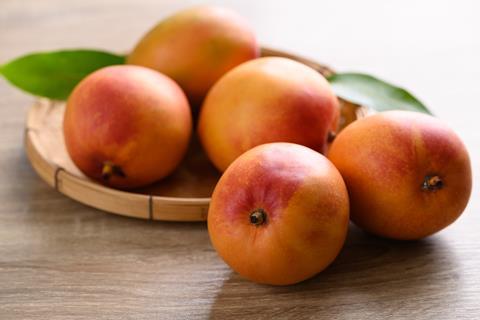Prices drop sharply as shipments surge in 2024/25
Peru’s mango season is showing strong signs of recovery following a disastrous 2023/24. Analysis from Fresh Fruit Peru show that exports of fresh mangoes totalled 129,115 tonnes worth US$184mn to December 2024. This represents an increase of 530 per cent in volume and 240 per cent in value compared to the year-earlier period.

Peru’s season typically runs from the end of August to March. After last season’s high temperatures and heavy rainfall, which led to a fall of almost 67 per cent in the volume of fresh and frozen mangoes exported, the return to more normal volumes has heralded a drop of almost 46 per cent in export prices, which are averaging around US$1.43/kg.
According to Fresh Fruit Peru, large volumes are typically shipped from the end of September or beginning of October. However, the water crisis in Piura, home to almost 80 per cent of Peru’s mango production, has accelerated ripening, bringing forward the start of bulk shipments to the end of August last year. A similar phenomenon was reported in Áncash, whose main producing area, Casma, represents about 14 per cent of national production.
This caused some overlap in the market towards the end of last year, pushing down prices.
The early start to the 2024/25 season is also likely to result in an earlier-than-usual end of the campaign. Currently, it is projected that the commercial campaign will close at the end of February or the beginning of March, almost a month earlier than normal.
According to analysts, the season is expected close with a shipment volume of 200,000-230,000 tonnes worth between US$290mn and US$310mn.
The US is the main destination for Peruvian mangoes, taking 62,070 tonnes worth US$84mn so far this season. Average prices are down 36 per cent. This is not only due to the increase in Peruvian supply, but also to the late closing of the Mexican campaign.
Shipments to Europe totalled 59,000 tonnes worth US$76mn. Here too, prices fell dramatically, in this case by 54 per cent compared to the year-earlier period. In this market, the main competition comes from Brazil, which also saw a recovery in its production this season.



